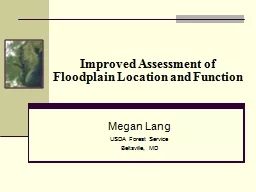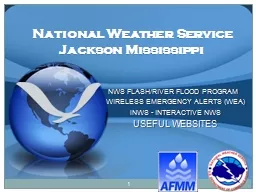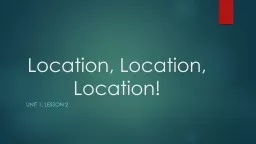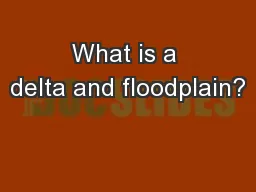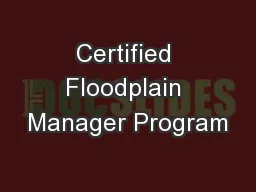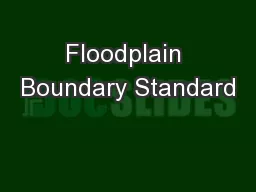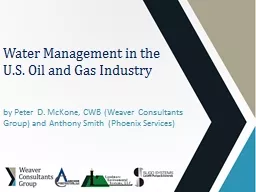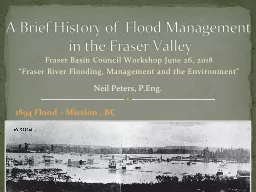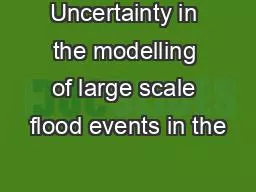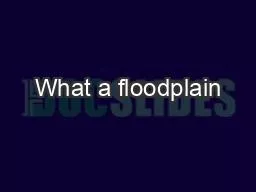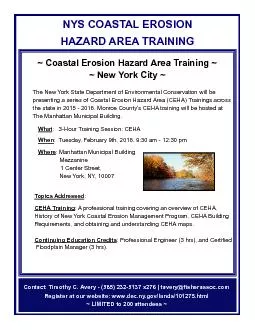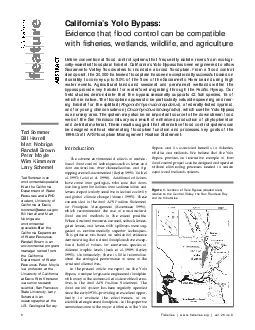PPT-Improved Assessment of Floodplain Location and Function
Author : briana-ranney | Published Date : 2016-08-04
Megan Lang USDA Forest Service Beltsville MD Choptank River Watershed Primarily agricultural 58 Relatively flat and extensively ditched Major tributary of the
Presentation Embed Code
Download Presentation
Download Presentation The PPT/PDF document "Improved Assessment of Floodplain Locati..." is the property of its rightful owner. Permission is granted to download and print the materials on this website for personal, non-commercial use only, and to display it on your personal computer provided you do not modify the materials and that you retain all copyright notices contained in the materials. By downloading content from our website, you accept the terms of this agreement.
Improved Assessment of Floodplain Location and Function: Transcript
Download Rules Of Document
"Improved Assessment of Floodplain Location and Function"The content belongs to its owner. You may download and print it for personal use, without modification, and keep all copyright notices. By downloading, you agree to these terms.
Related Documents

